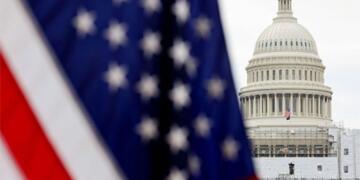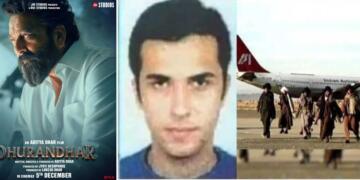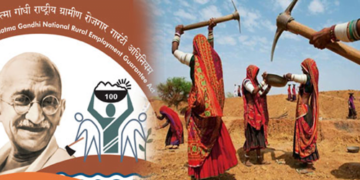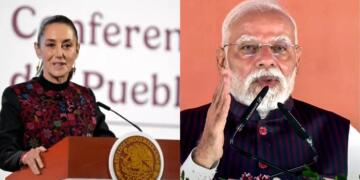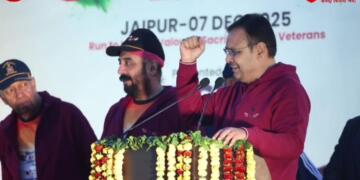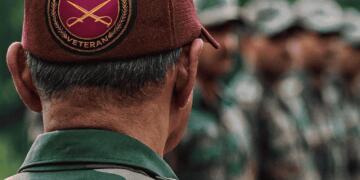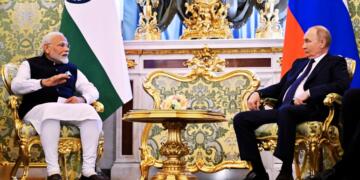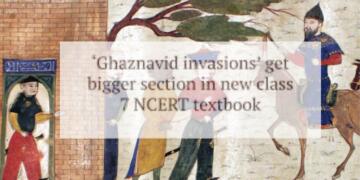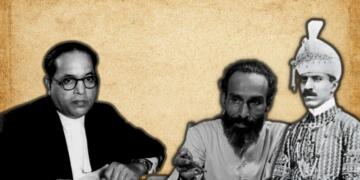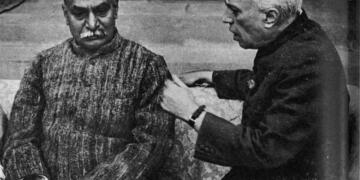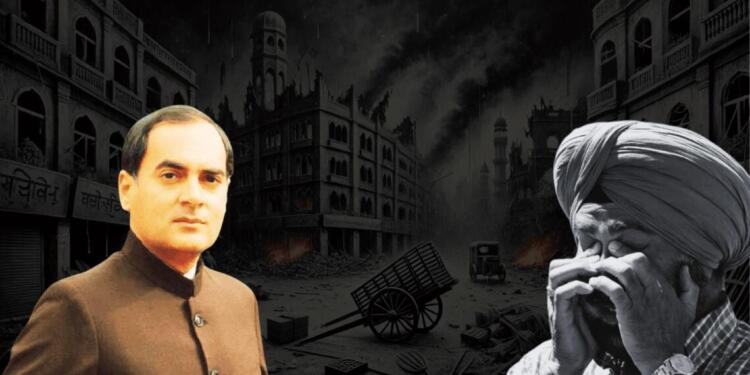The 1984 Sikh massacre is one of the most painful events in Indian history. After the assassination of Indira Gandhi, mobs killed thousands of innocent Sikhs, set their homes and shops on fire, and displaced thousands of families. In some cases, people were burned alive with tires around their necks, while women were subjected to brutal sexual violence. The horror of the massacre is documented in our previous reports, which you can read here. This massacre not only claimed lives but also shattered humanity and morality. Amidst this horrific tragedy, when people looked to the government for justice, then-Prime Minister Rajiv Gandhi, instead of soothing their wounds, exacerbated their pain with his words. Several commissions and committees were established to investigate these riots, but most reports were eventually shelved. Although Manmohan Singh apologized for the massacre during his tenure as Prime Minister, only the victims can truly assess how much it helped ease their suffering.
‘When a big tree falls, the earth shakes.’
While people were struggling with the pain of the riots, Rajiv Gandhi, Indira Gandhi’s successor and son, made a controversial statement that caused an uproar. On November 19, 1984, in front of a massive crowd gathered at Boat Club, the then-Prime Minister Rajiv Gandhi said, “When Indira Ji was assassinated, there were some riots in our country. We know how much anger and outrage the people of India felt, and for a few days, it seemed like India was shaking. When a big tree falls, the earth shakes a little.” At a time when thousands of Sikhs had been murdered and countless families were rendered homeless, this statement was widely criticized as rubbing salt in the wounds of the victims.
Commissions and Committees for Investigation
Ranganathan Mishra Commission (1985)
Prime Minister Rajiv Gandhi appointed a commission under Supreme Court Judge Justice Ranganathan Mishra in 1985 to investigate the massacre. The report concluded that the violence was a reaction driven by deep sorrow, pain, and hatred for Indira Gandhi’s assassins. The blame was largely placed on the police for failing to assess the situation effectively. The report stated, “Neither the Congress party nor its leaders participated in the riots, although some individuals associated with the party took part for personal gain.”
Kapoor-Mittal Committee (1987)
Following the Mishra Commission’s report, the Delhi administration formed three committees in 1987, including the Kapoor-Mittal Committee, to investigate police conduct and negligence. The committee, led by former Delhi High Court Chief Justice Dilip K. Kapoor and former Government Secretary Kusum Lata Mittal, faced internal disagreements. Eventually, the Ministry of Home Affairs rejected Kapoor’s report and accepted Mittal’s report, which found 72 police officers guilty of failing to control the massacre.
Jain-Banerjee Committee (1987)
This committee, led by retired Delhi High Court Justice M.L. Jain and former IPS officer E.N. Renganathan, was established to investigate major crimes during the massacre. However, Renganathan resigned, and retired IPS officer A.K. Banerjee replaced him. Due to a Delhi High Court stay order, the committee could not make significant progress.
Ahuja Committee (1987)
Home Ministry Secretary R.K. Ahuja was tasked with determining the exact number of Sikhs killed in Delhi and recommending compensation and relief measures. The committee’s report, submitted on June 1, 1988, concluded that 2,733 Sikhs had died in Delhi alone and suggested measures for relief distribution.
Poti-Rosha Committee, Jain-Agarwal Committee (1990)
After the Delhi High Court dismissed the Jain-Banerjee Committee, a new committee was formed on March 23, 1990, consisting of retired Gujarat High Court Chief Justice P. Subramaniam Poti and retired IPS officer P.A. Rosha. Later, the committee was restructured, and retired Delhi High Court Judge J.D. Jain and retired IPS officer D.K. Agarwal were included.
This committee reviewed 669 affidavits submitted to the Mishra Commission, collected 415 new affidavits, and examined 403 FIRs filed by the Delhi Police. The investigation exposed severe flaws in police procedures. The committee found that the police had failed to file separate FIRs for individual incidents, did not conduct independent investigations, and provided inadequate evidence, leading to many acquittals. It accused the police of negligence, noting that they failed to arrest perpetrators, recover weapons, or return stolen goods. Senior officers, including some Deputy Commissioners (DCPs) and Assistant Commissioners (ACPs), were found to have abandoned their responsibilities.
Nanavati Commission (2000)
The Atal Bihari Vajpayee government appointed retired Supreme Court Justice G.T. Nanavati to investigate the 1984 riots. His report, submitted on February 9, 2005, held several Congress leaders and workers responsible. The commission recommended uniform compensation for all victims and job opportunities for one member of each affected family.
Pramod Asthana SIT (2015)
The Narendra Modi government approved an additional ₹5 lakh compensation for victims and assigned retired Supreme Court Justice G.P. Mathur to examine the feasibility of forming an SIT. Following Mathur’s recommendation, an SIT was formed in February 2015 under 1986-batch IPS officer Pramod Asthana. By November 2016, the Ministry of Home Affairs reported that out of 650 cases, 18 had been closed, 268 were untraceable, and 286 were under reinvestigation. By March 2017, the SIT had closed 199 cases and later shut 42 more. Ultimately, charge sheets were filed in only 12 cases.
Justice Dhingra Committee (2018)
In 2018, the Supreme Court formed a three-member SIT under retired Delhi High Court Judge S.N. Dhingra to investigate 186 riot cases. The committee criticized the police for destroying records, failing to take complaints seriously, and deliberately closing cases to protect certain individuals.
Read More: https://tfipost.com/2025/02/congress-leader-sajjan-kumar-convicted-in-anti-sikh-riots-1984/
In August 2005, Prime Minister Manmohan Singh apologized in Parliament, saying, “I have no hesitation in apologizing to the Sikh community and the entire nation. I bow my head in shame that such an incident occurred.” He added, “What happened in 1984 contradicts the very concept of nationalism enshrined in our Constitution.”
Many Sikhs are still awaiting justice, decades later. Governments changed, commissions were formed, reports were published, but the Sikh community never received true justice. Manmohan Singh apologized, but can an apology alone heal deep wounds? The 1984 anti-Sikh riots were not just a tragic event; they symbolize an ongoing, incomplete struggle for justice.


